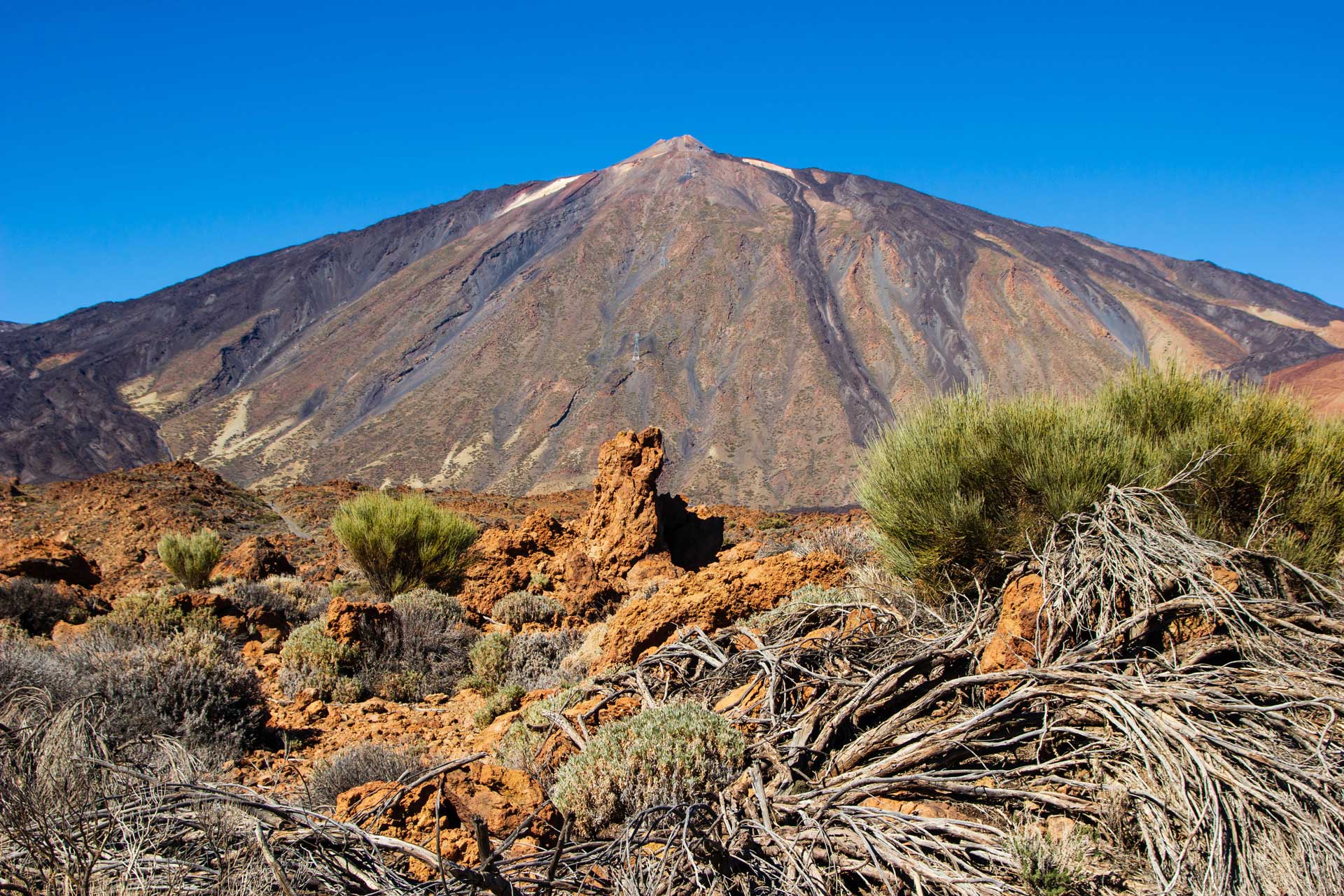Rich paella, famous artists, regular siestas, tiki-taka football, rioja, cava and so much more; Spain has, it’s fair to say, made some great contributions to the world over the years. Have you though ever stopped to consider the extent to which the highest mountains in Spain make it a truly exciting destination for outdoor adventure? The Spaniards have seen their country go through some pretty famous political and cultural changes, but one thing’s been a constant through it all and that’s its incredible mountainous landscapes.
Spain’s highest mountain is technically an active volcano, and not even on the country’s mainland (it’s on Tenerife, in the Canary Islands). This list also features summits in the Pyrenees and Sierra Nevada mountain regions, which sit at the northern and southernmost parts of the country respectively. Home to some of Europe’s most impressive mountains, we’ve taken it upon ourselves to rank the nation of Spain’s peaks based on prominence.
1. Teide, 3718m

Dominating the skyline of the Canary Islands, Mount Teide (or just Teide) is the highest mountain in Spain. Its summit sits 3718m above sea level. Located on the Spanish island of Tenerife, the national park it resides in (Teide National Park) draws in around three million visitors annually. If you want to join these millions, you should know that Teide is still technically an active volcano. Spain’s highest point last erupted just over 100 years ago, in 1909 (still a bit too recent for our liking).
The volcano was first summited in 1582 by Sir Edmund Scory. You too can summit Teide, but it’s not as simple as rocking up and looking up. Due to its popularity, the national park likes to limit the number of people who can trek on the volcano. You’ll need a permit to climb to the peak, something you can get for free via the Mount Teide National Park website.







